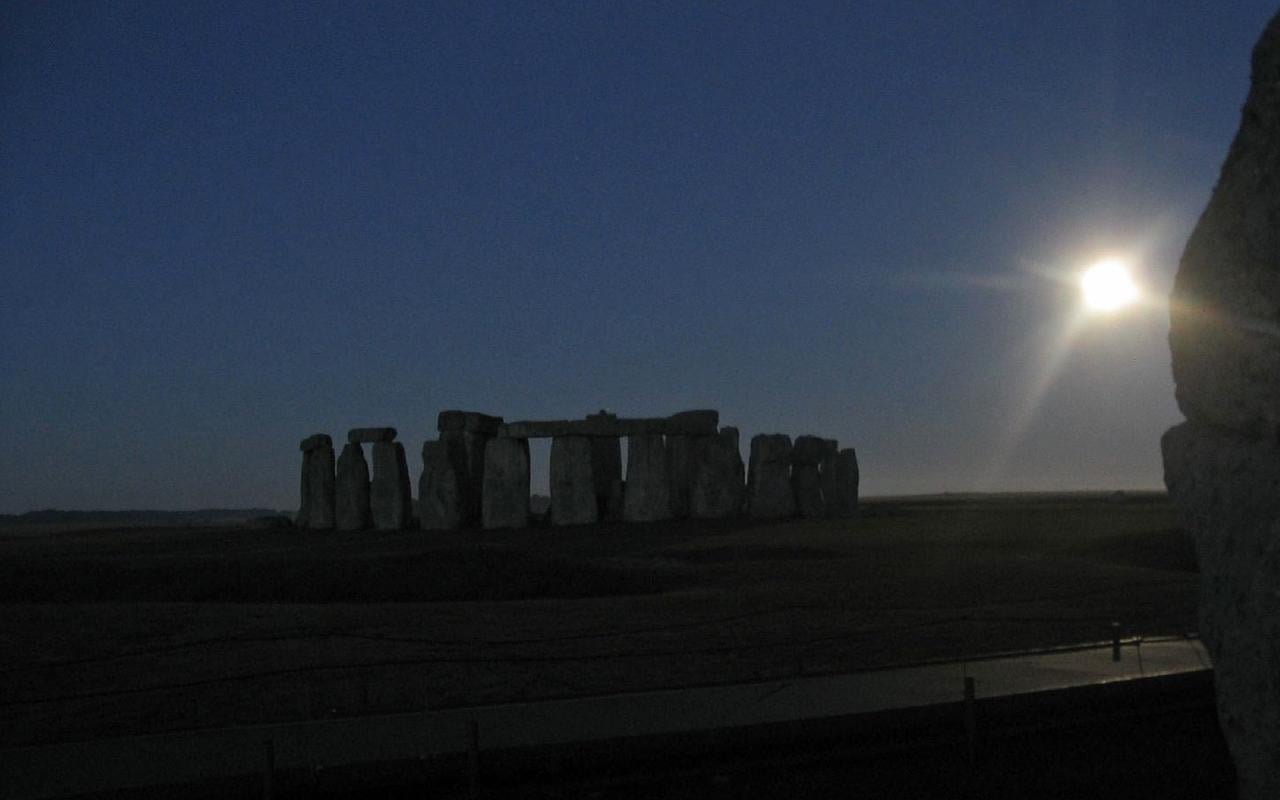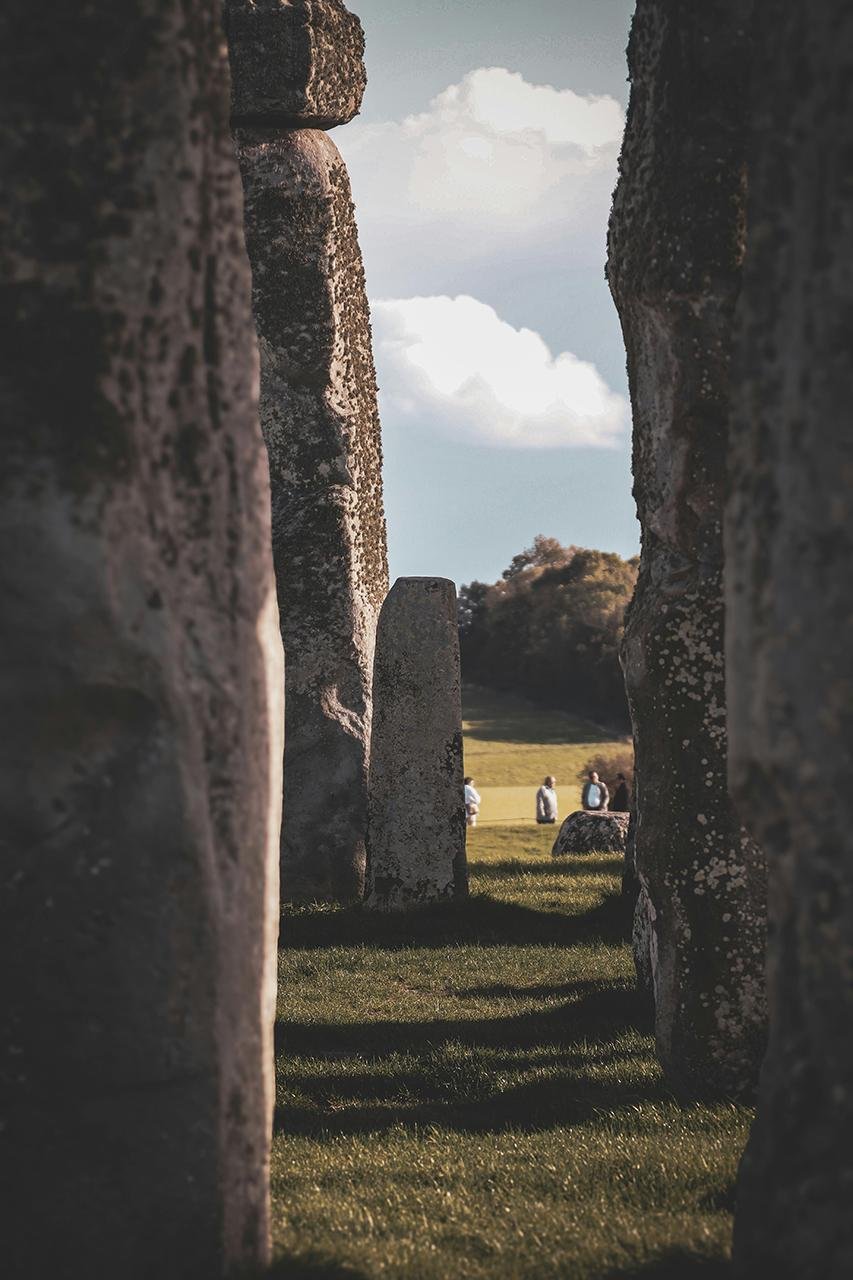A project led by a consortium of esteemed insтιтutions, including English Heritage, Oxford, Leicester, and Bournemouth Universities, in collaboration with the Royal Astronomical Society, aims to unravel the enigmatic connection between Stonehenge and the Moon.
 Stonehenge at night. Credit: Karlos, via Flickr
Stonehenge at night. Credit: Karlos, via Flickr
This project delves into the potential influence of a ‘major lunar standstill,’ a rare celestial occurrence happening approximately every 18.6 years, on the design and purpose of the ancient monument.
Archaeoastronomers, spearheaded by English Heritage, are set to investigate whether the positions of the Stonehenge stones align with the extreme movements of the Moon during this unique event. These lunar movements, which involve the Moon’s northernmost and southernmost positions along the horizon during Moonrise and Moonset, are believed to have been observed during the monument’s early construction phase, potentially shaping its later architecture and significance.
Professor Clive Ruggles, emeritus professor of archaeoastronomy at Leicester University, said: “Stonehenge’s architectural connection to the Sun is well known, but its link with the Moon is less well understood.” He further noted that the alignment of the four Station Stones with the Moon’s extreme positions has sparked debates among researchers for years, raising questions about intentionality and purpose.
 Credit: Kristian Thomas
Credit: Kristian Thomas
Jennifer Wexler, historian for Stonehenge at English Heritage, expressed enthusiasm for the project. “Rarer even than once in a blue moon, this opportunity allows us to delve deeper into the monument’s ancient mysteries and its relationship with celestial phenomena,” she stated. Wexler also extended an invitation to the public to engage in the exploration through various events planned throughout the research period.
The research team, comprising experts from multiple disciplines, plans to document Moonrises and sets at strategic moments throughout the year when the Moon aligns with the Station Stones. This comprehensive documentation will include observations of the visual effects on the stones, such as patterns of light and shadow, offering insights into ancient experiences and potential modern influences.
Dr. Amanda Chadburn, a visiting fellow at Bournemouth University and a member of Kellogg College, remarked: “Observing this connection firsthand in 2024 and 2025 is crucial.” She highlighted the challenges in tracking the Moon’s extremes and the need to document these phenomena for future study.
Furthermore, English Heritage plans to livestream the southernmost Moonrise at Stonehenge. Additionally, a series of events including talks, stargazing sessions, and a new exhibition will be hosted to engage the public and foster discussion around the significance of the lunar standstill.
Dr. Robert Mᴀssey of the Royal Astronomical Society emphasized the universal allure of the Moon and its significance in human fascination with the cosmos. “Night and day, the Moon is a universally loved feature of the sky, and something all of us are drawn to look at,” he said.





